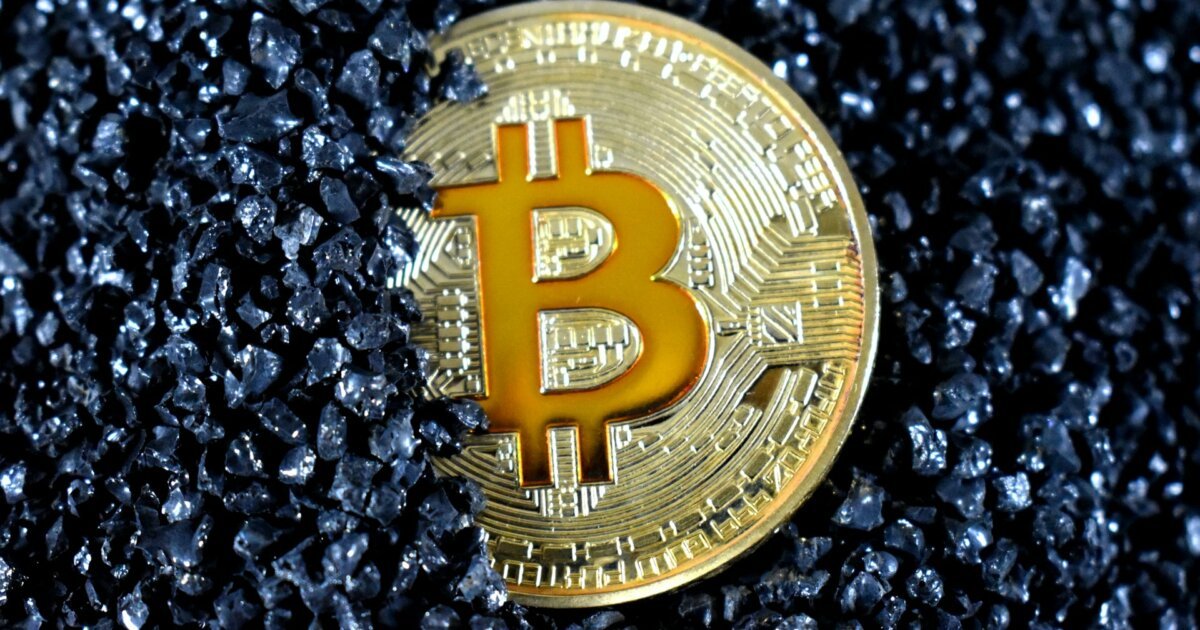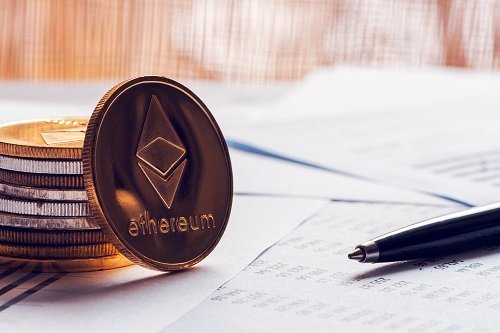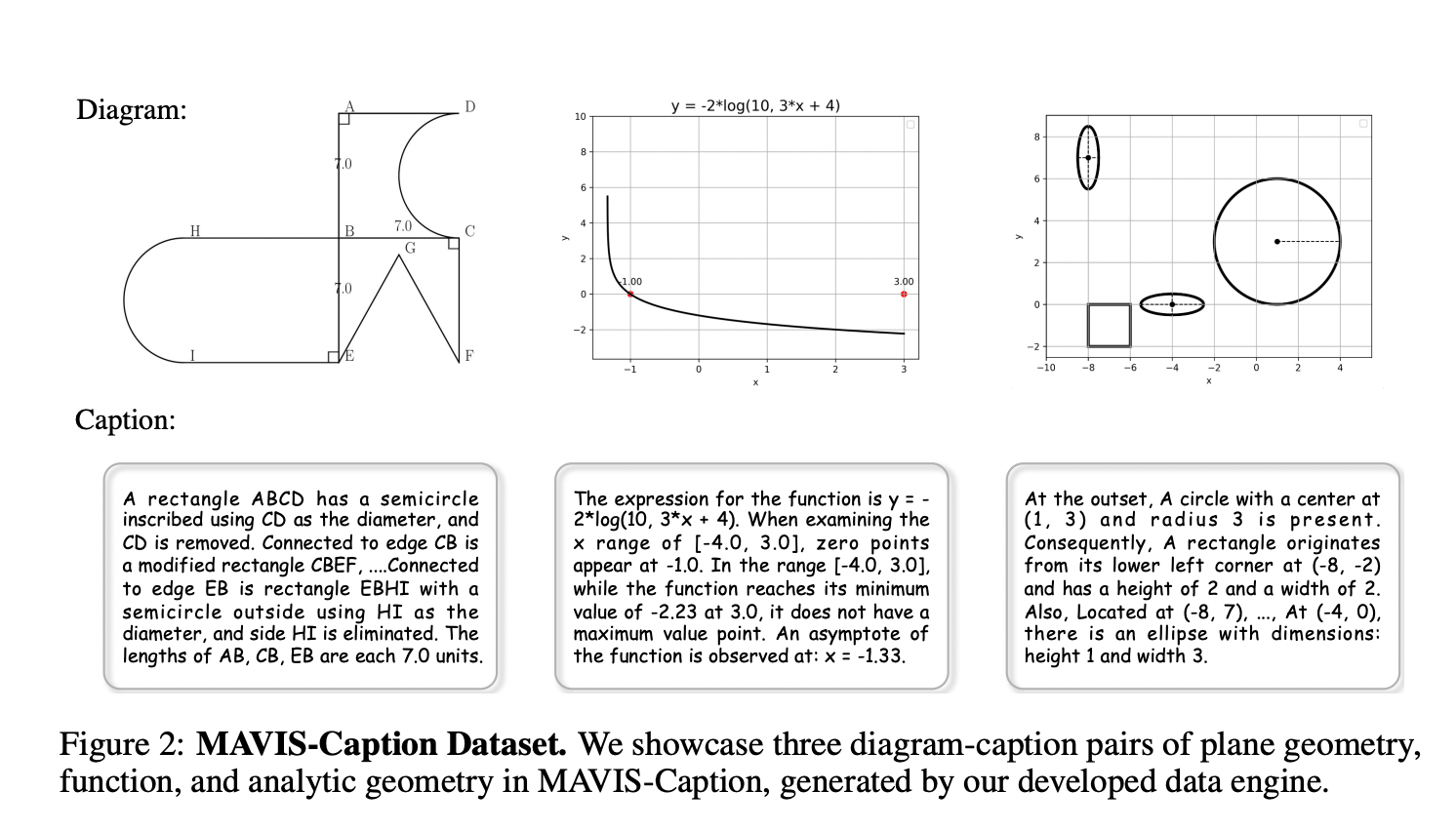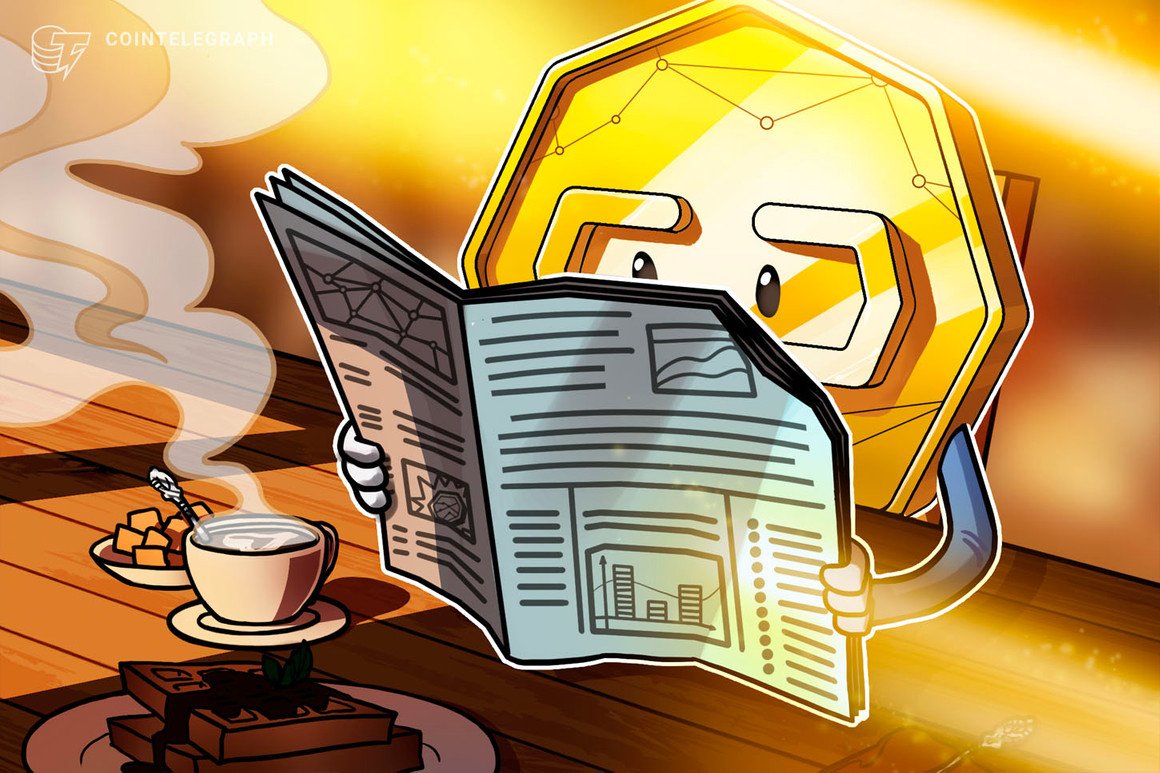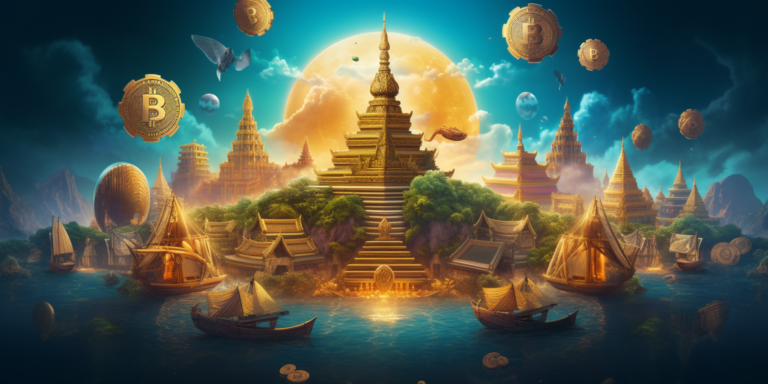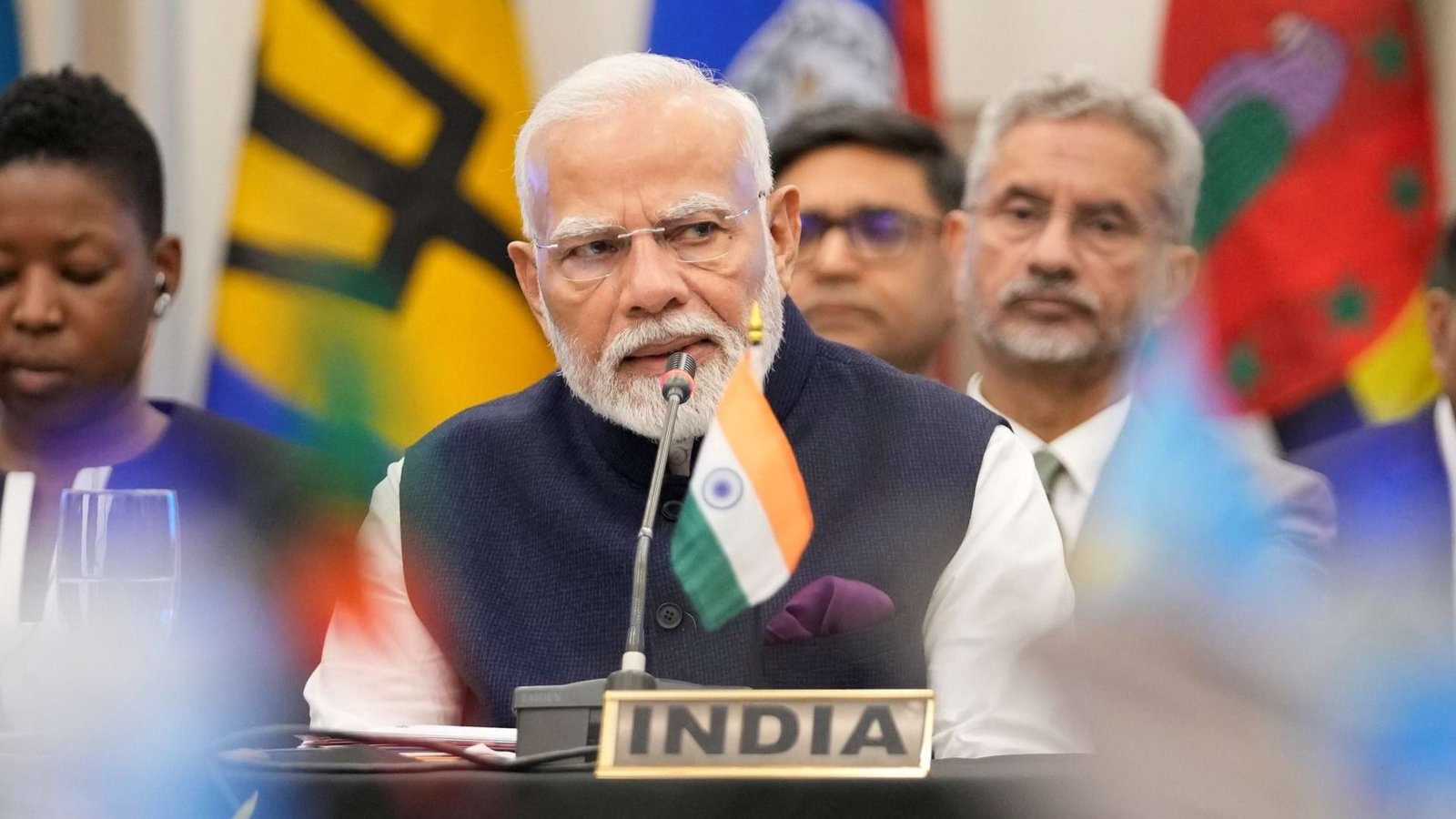India has long aspired to be a mouthpiece for the Global South, but those aspirations have grown since Prime Minister Narendra Modi took office in 2014. In recent years especially, India has hosted and convened multiple high-level global summits, proclaimed and defended its strategic autonomy and spoken the language of democratic values and global solidarity. And in doing so, India has sought to position itself as a bridge between Western societies and the developing world—one that is postcolonial, powerful and poised to lead.
But despite Modi’s rhetoric of Vishwa Mitra, or friend of the world, and Vishwa Guru, or teacher of the world, India has struggled to match its foreign policy ambition with achievements. Even as Modi seeks to portray India as the leader of the Global South, its domestic conditions—including socio-economic inequality, religious intolerance, curbs on free speech and democratic decline—suggest it actually lacks the capacity to lead. Instead, India’s foreign policy today increasingly resembles that of what economist Lant Pritchett has called a “flailing state”—the head makes plans, but the limbs don’t follow them.
From a distance, India looks like an ascendant power, and by a number of metrics, it has risen steadily over the years. India now sits at the high table of global diplomacy. New Delhi has maintained steady and stable relations with other global players, including Washington and Moscow. Despite significant backlash over its positions on global issues, particularly the Ukraine War, India has held its ground in the name of national interest and strategic autonomy.






